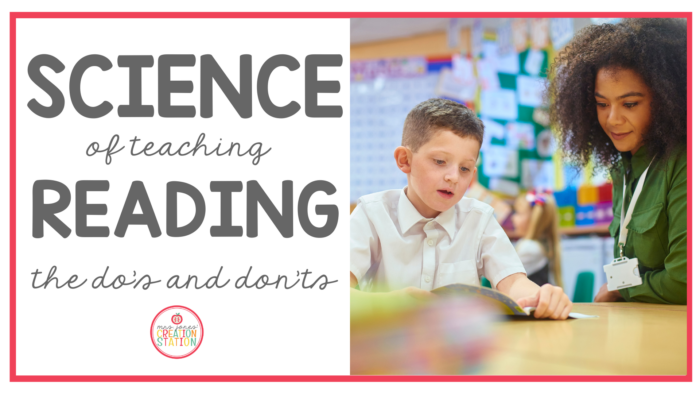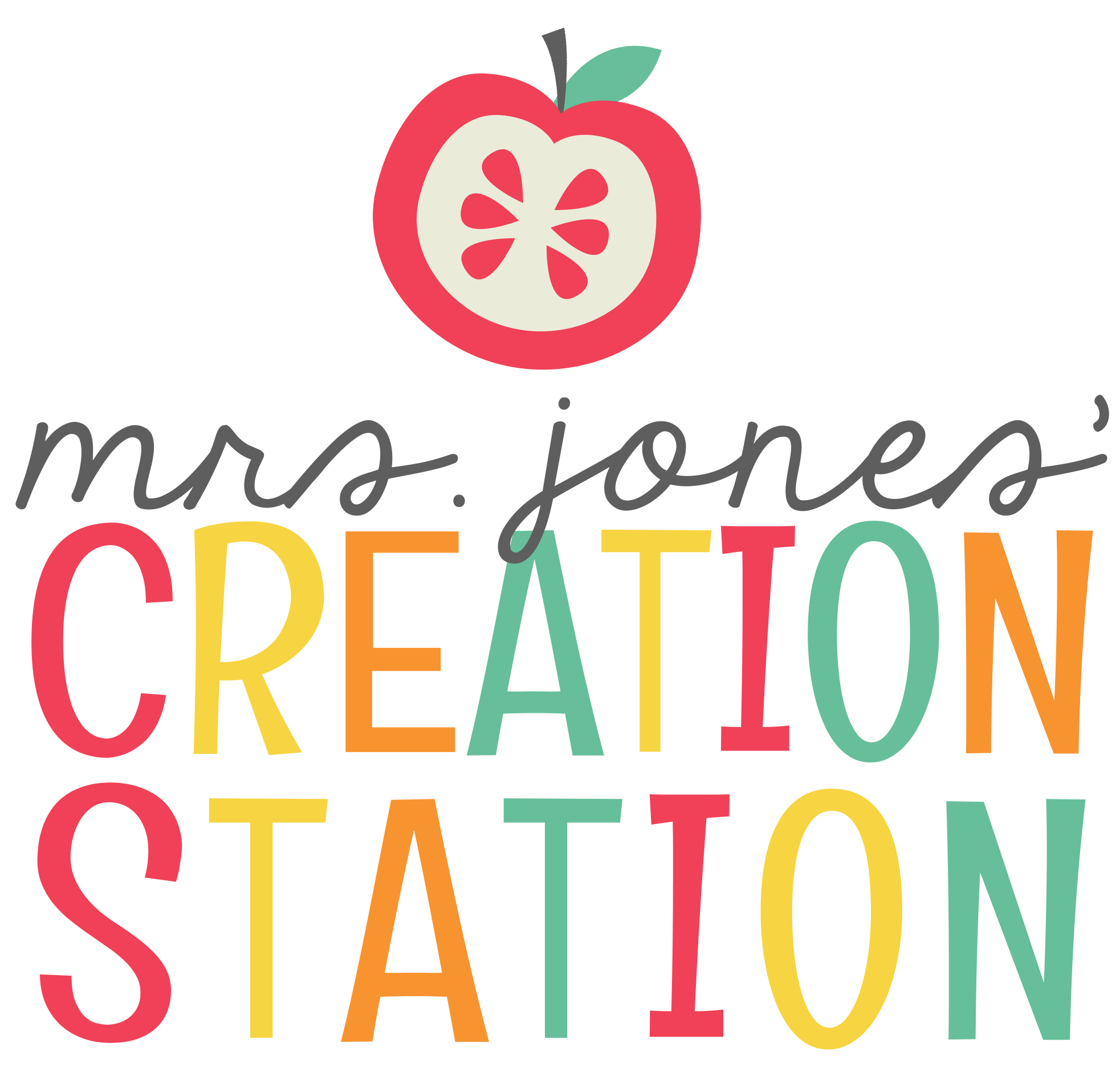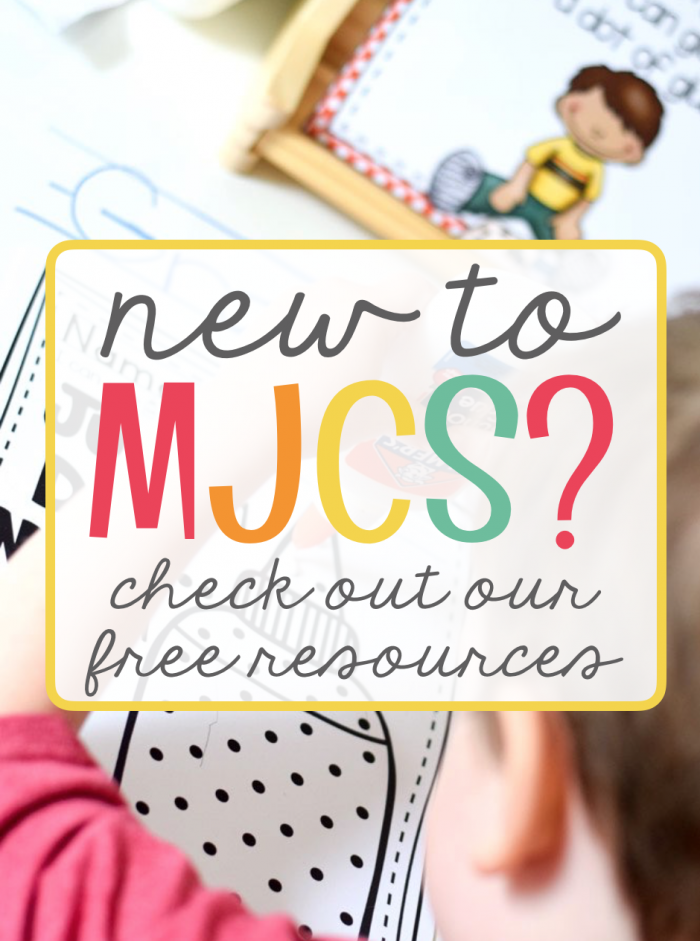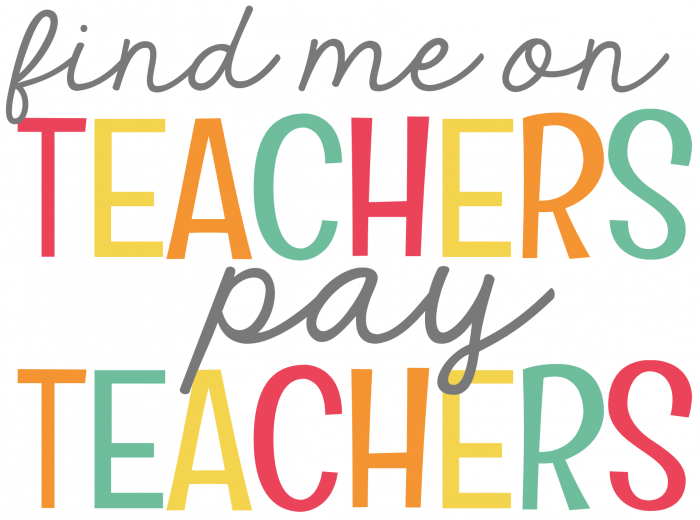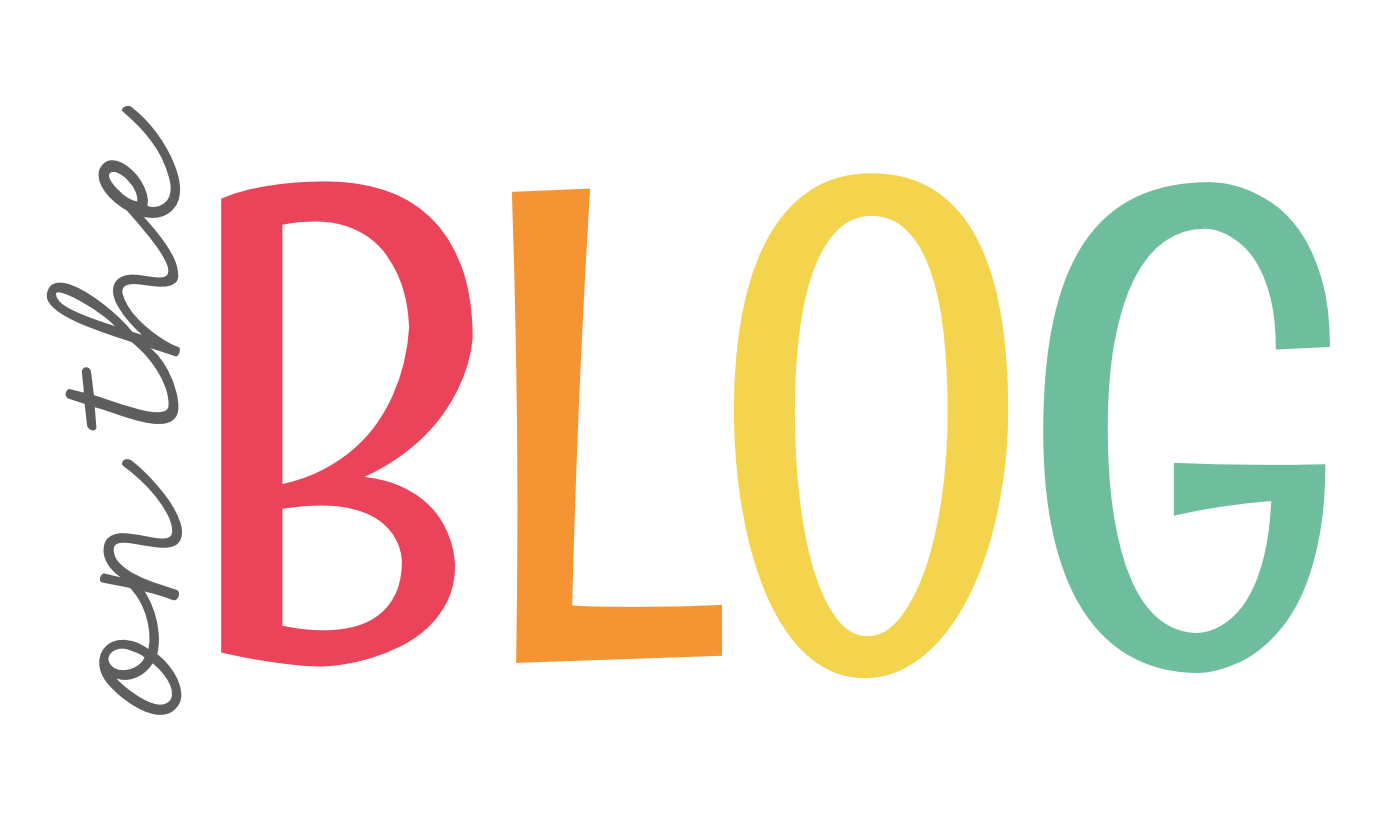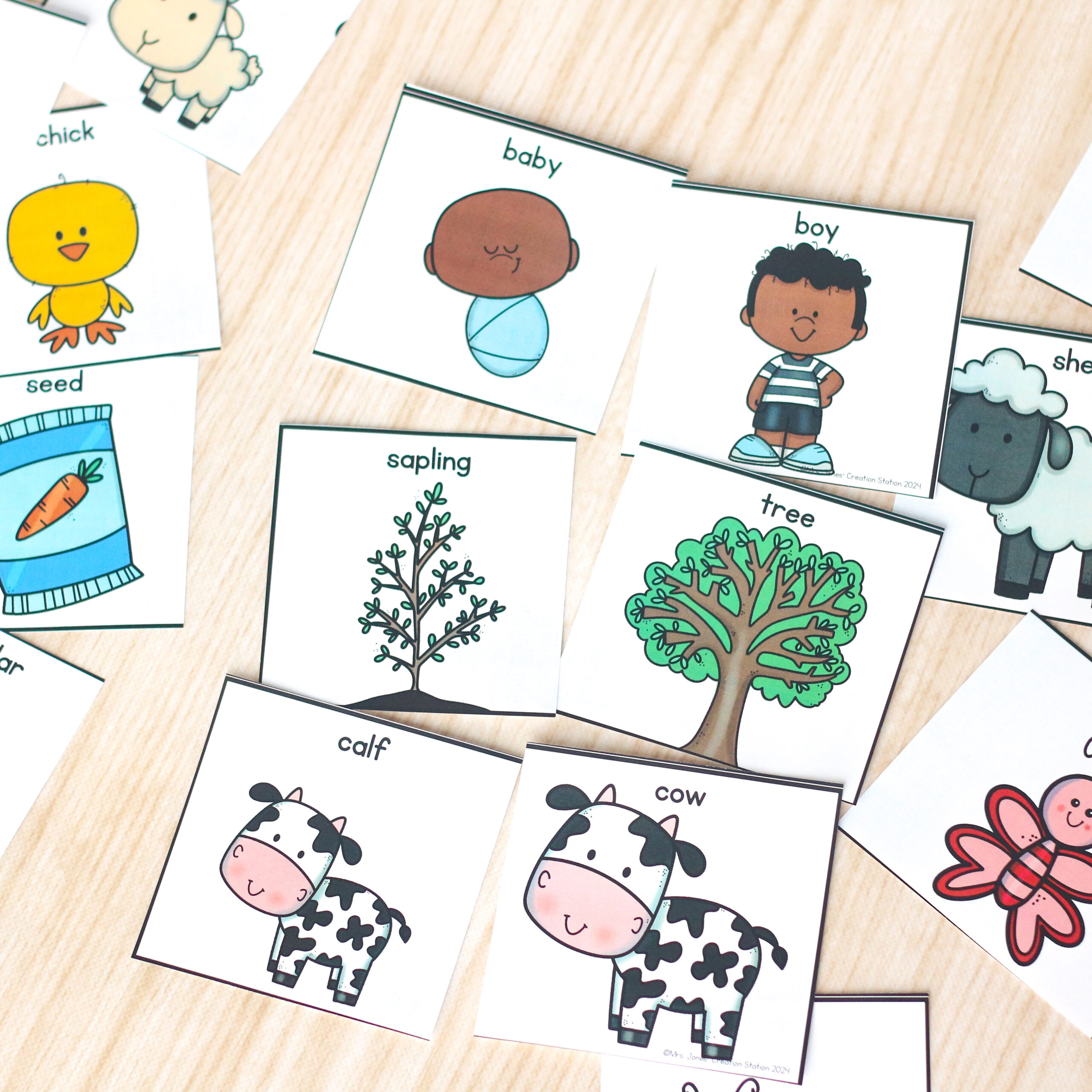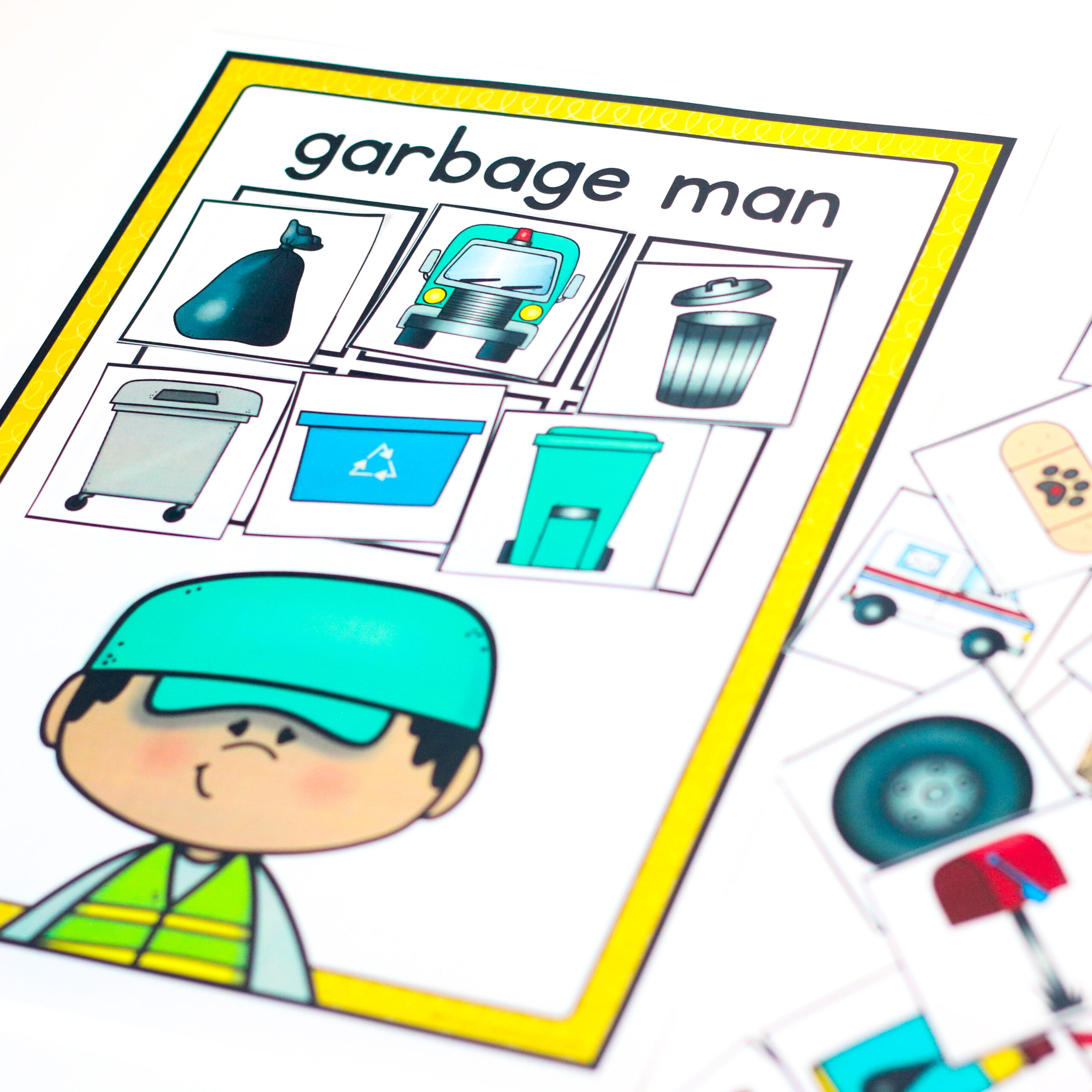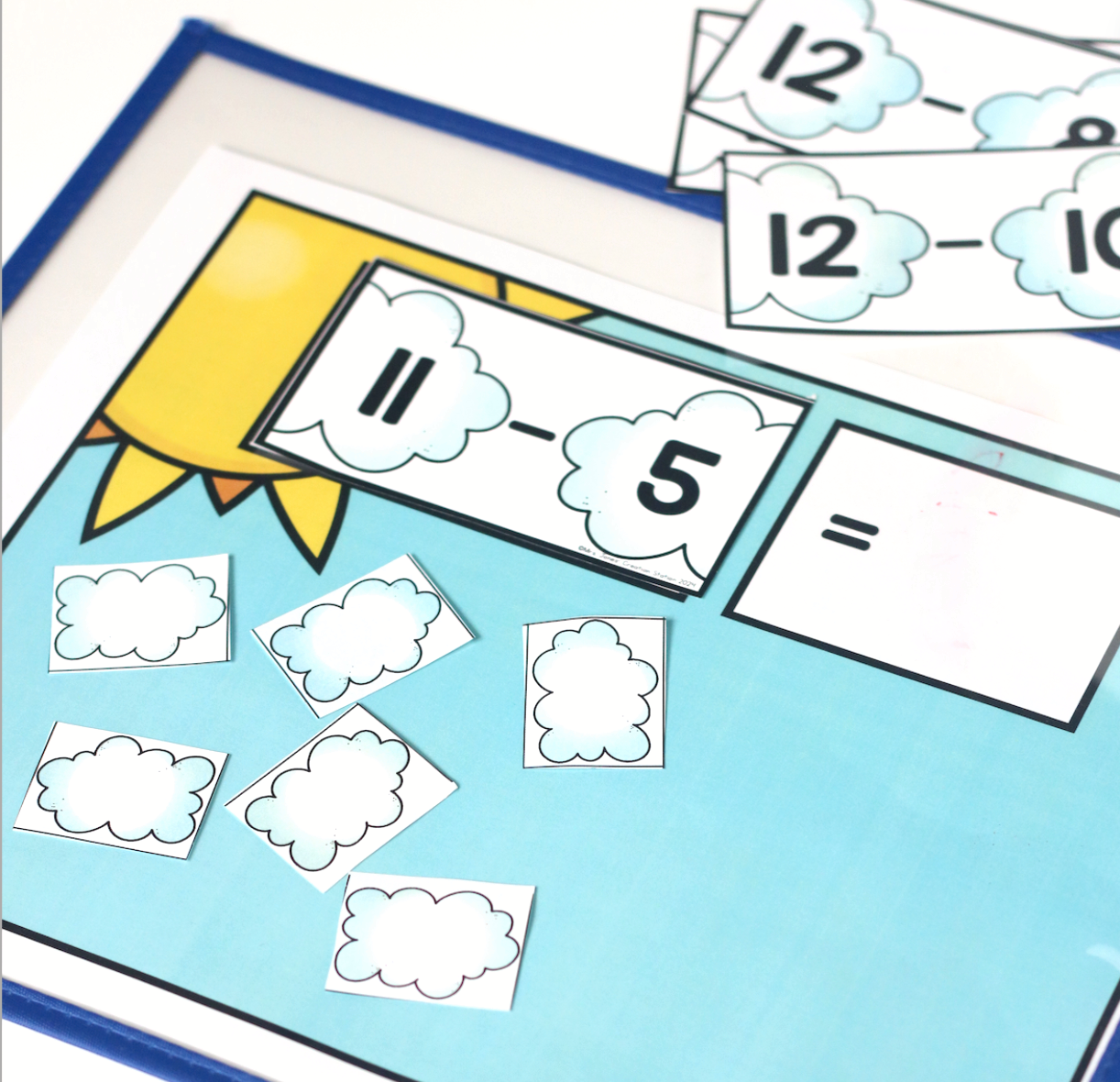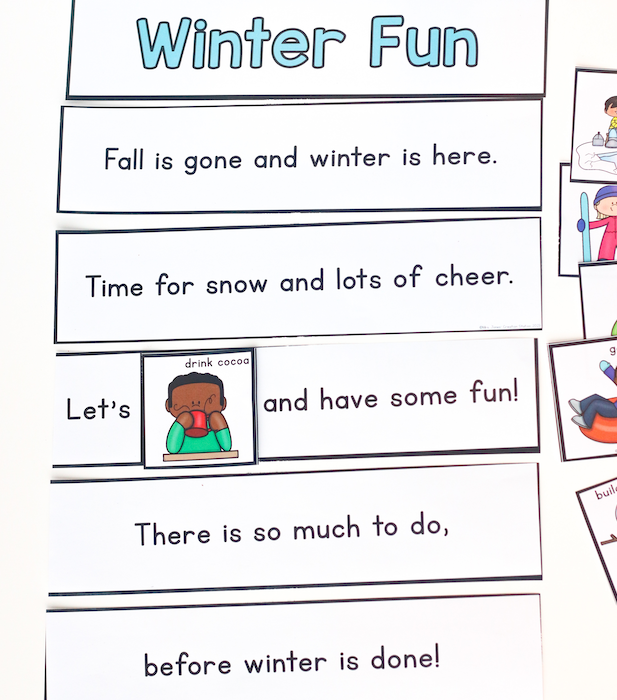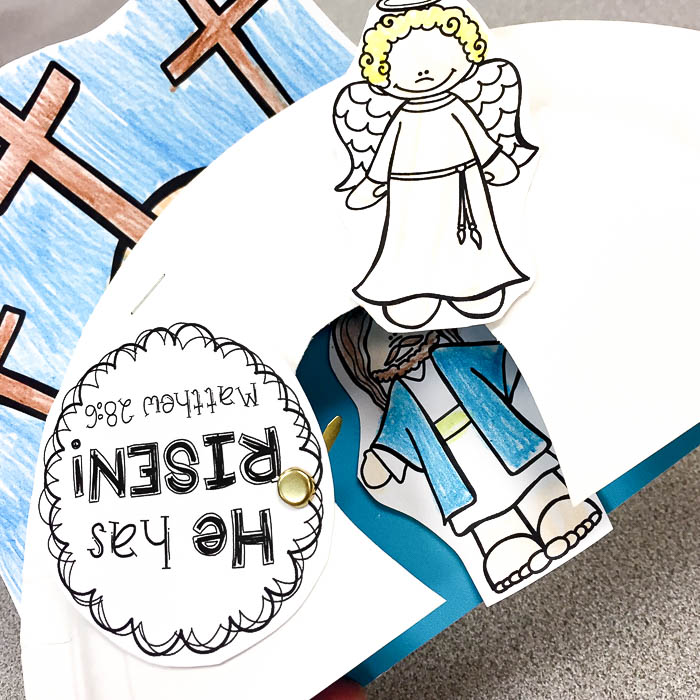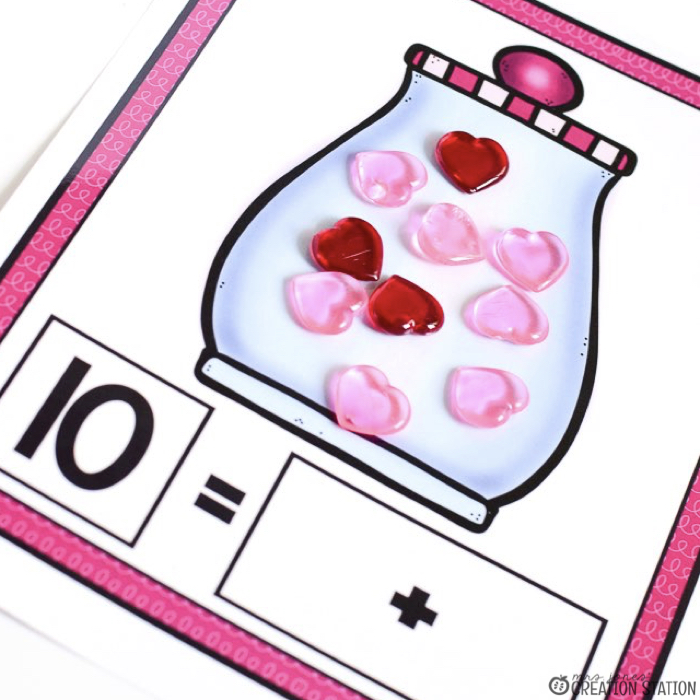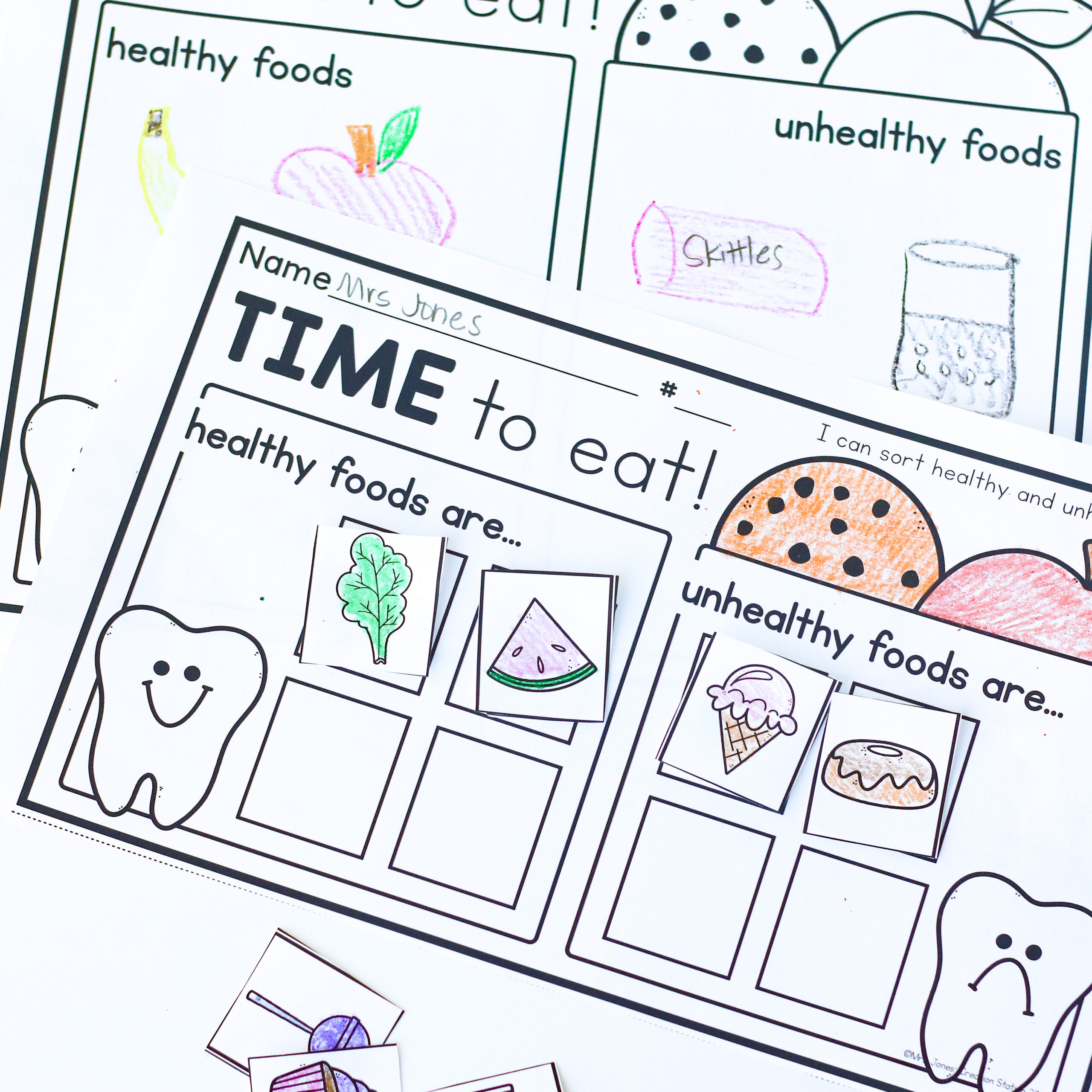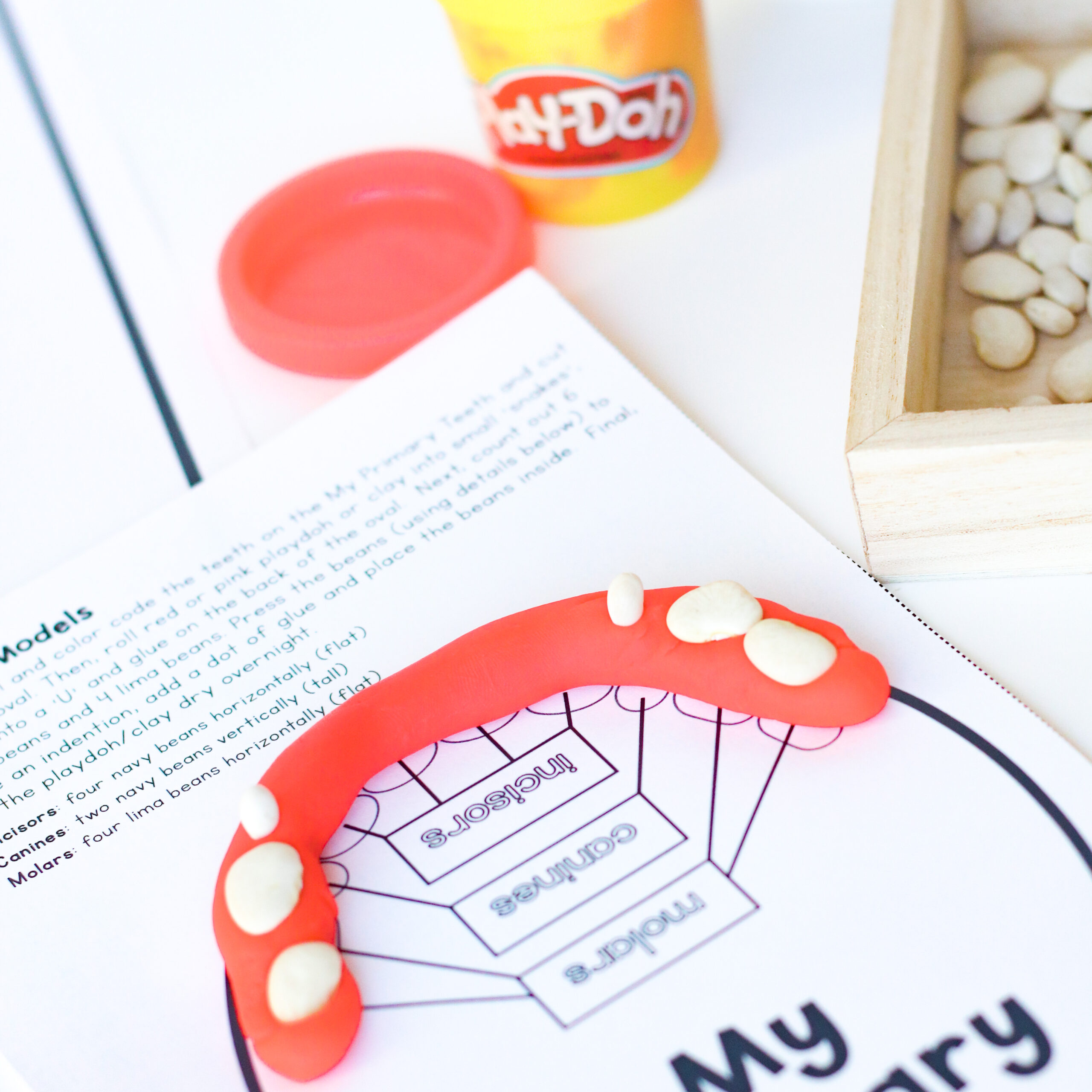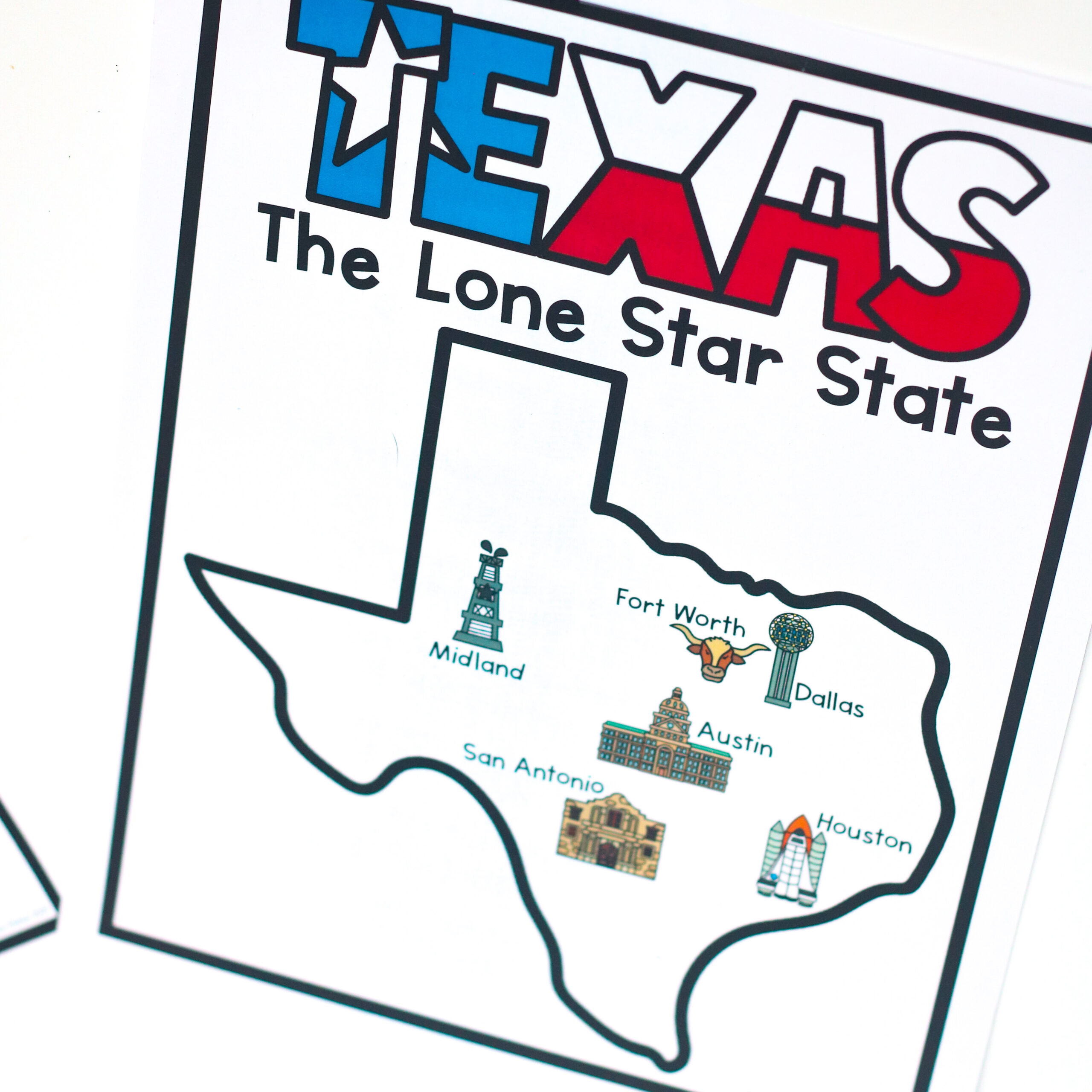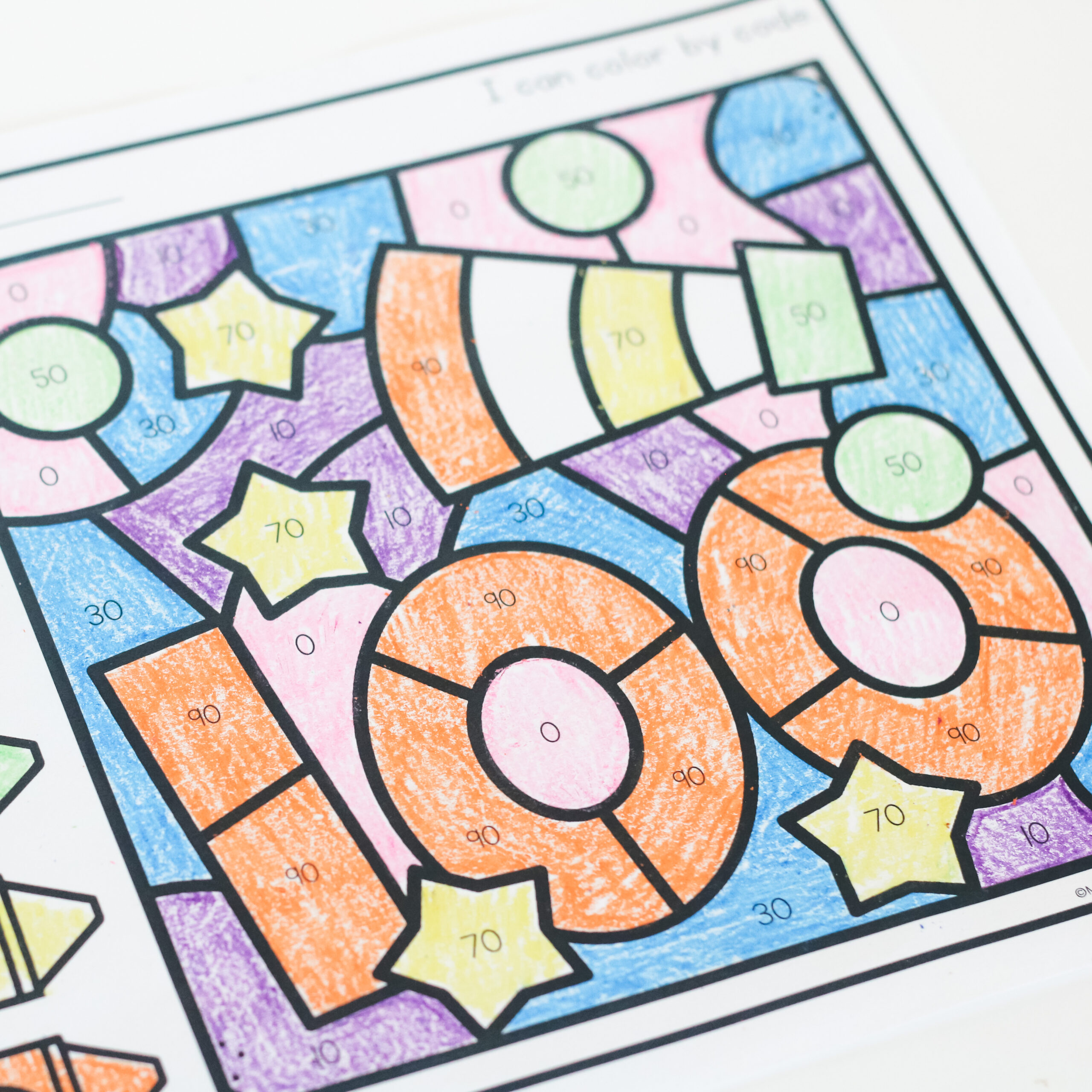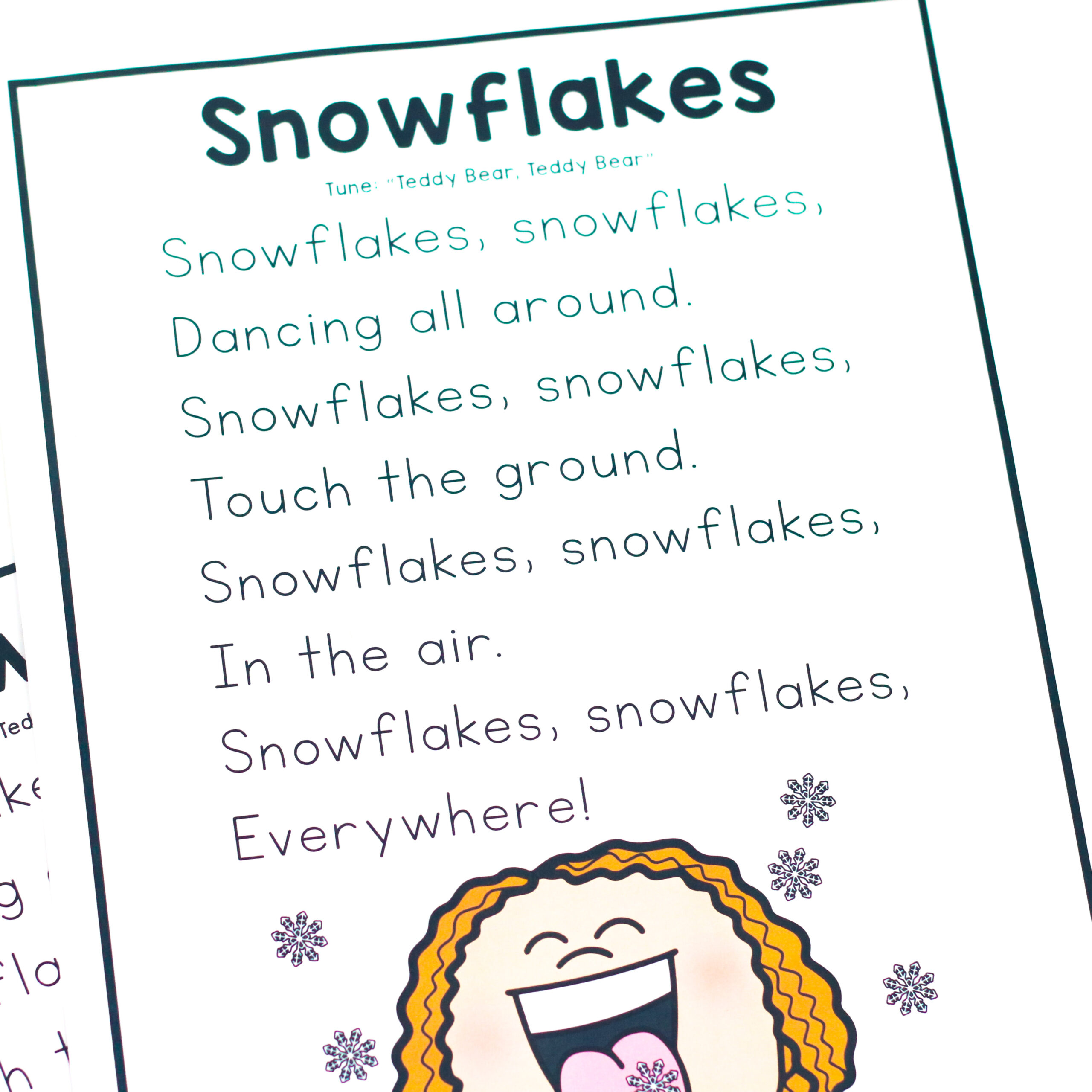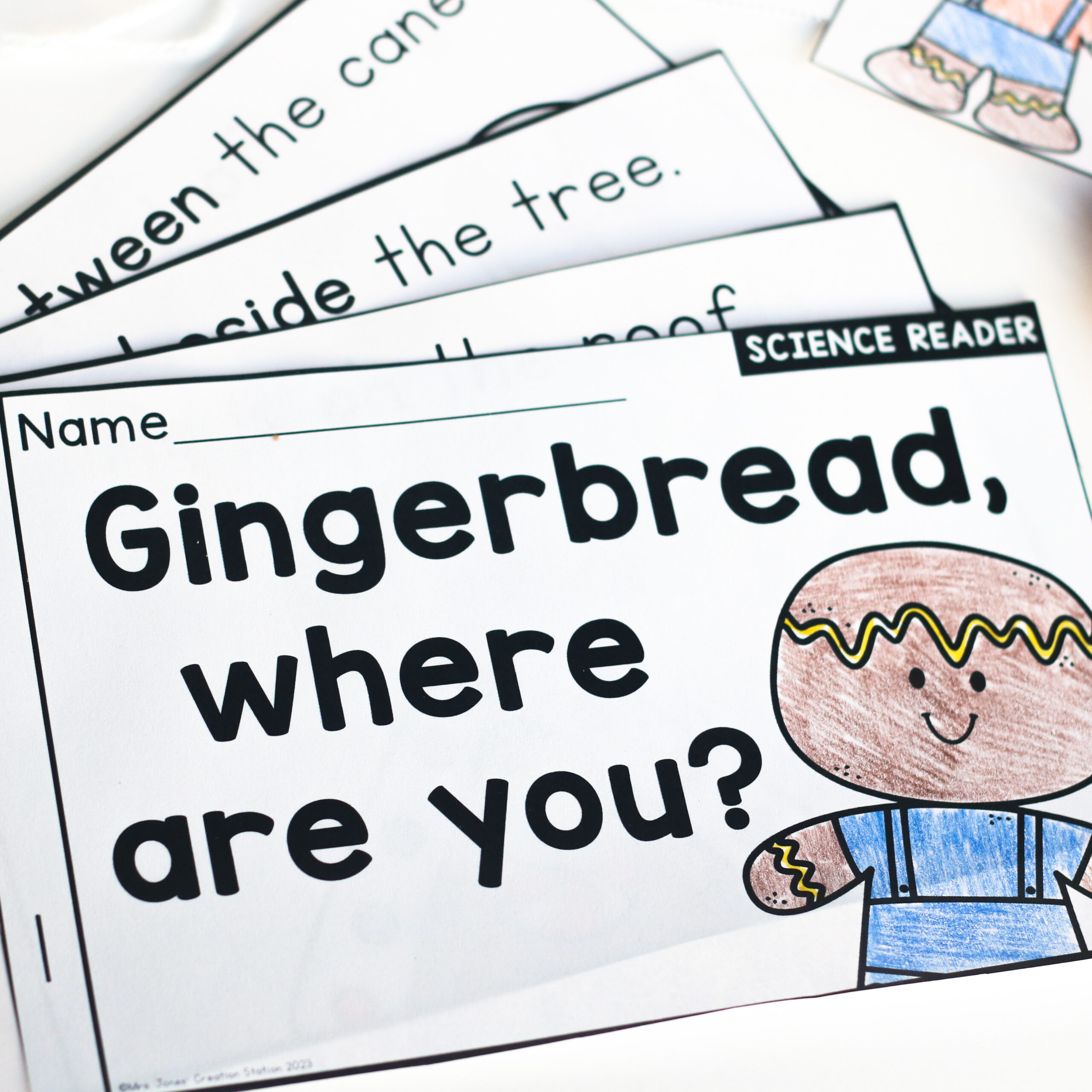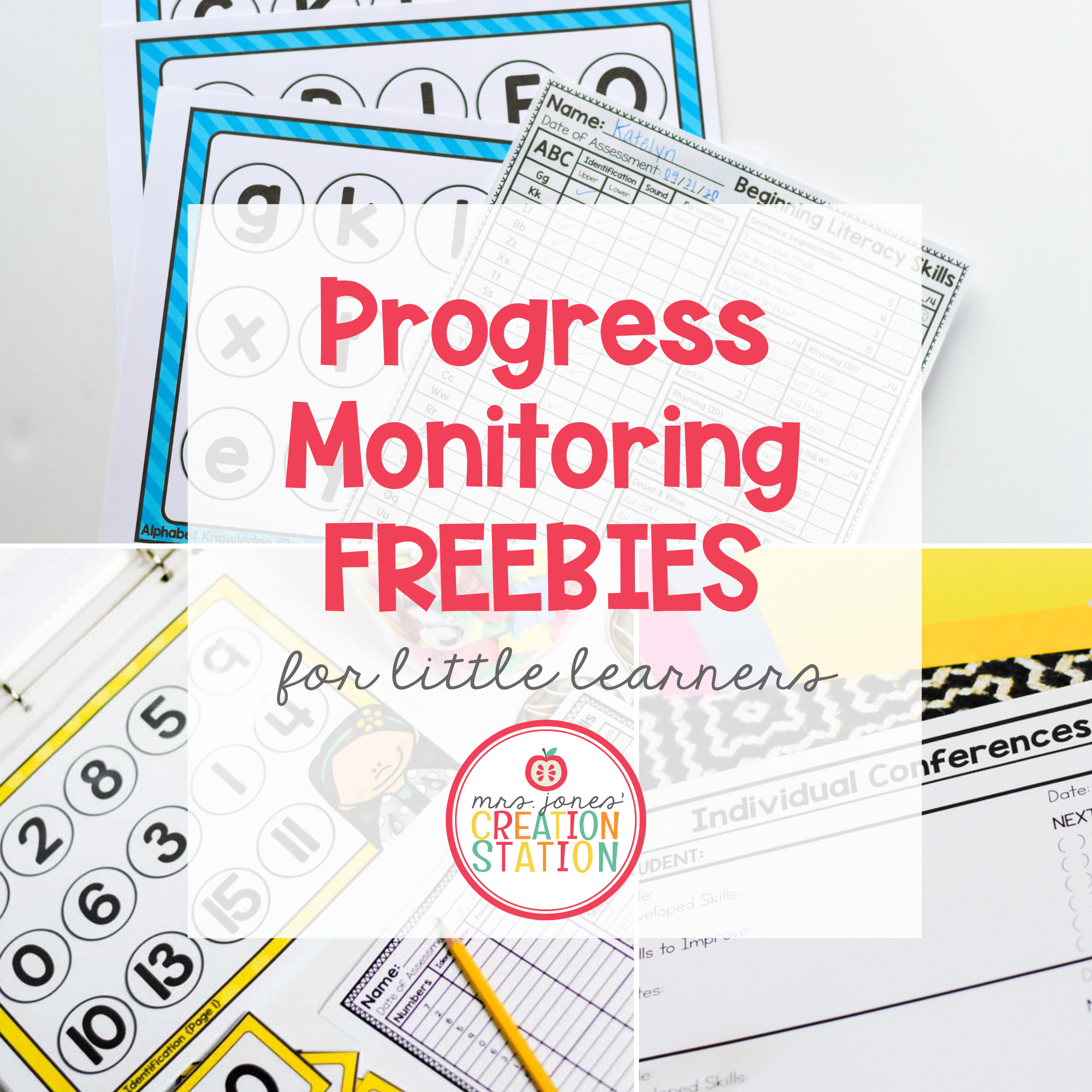Science of Reading is spreading all throughout our elementary classrooms. It’s an intense, researched based approach to teaching literacy.
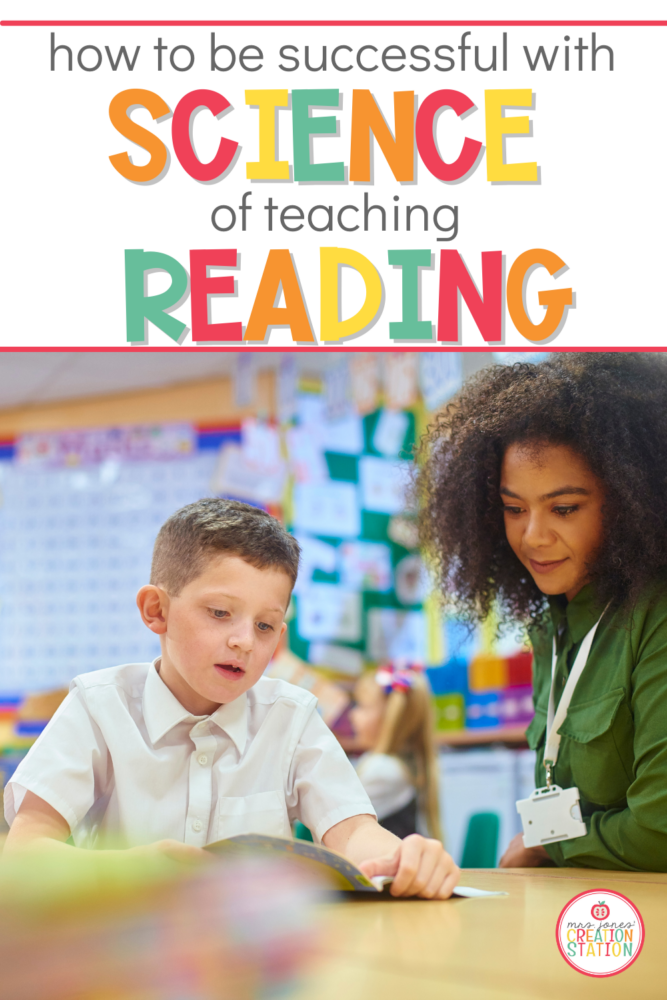
I spent this last school year digging deeply into this approach, and I absolutely loved what I learned. I came up with a list of do’s and don’ts that can help you get started!
Tip #1
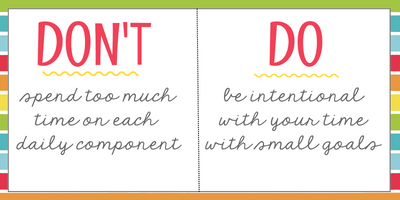
This might be a no brainer, but how many times have you found yourself spending way too much time on a mini-lesson? When planning your lessons, be intentional with your time. There are so many literacy standards that early elementary teachers have to cover. No one standard is more important than the other.
Create a bullet point guide that will help you stay on track. Keep an eye on your watch or set a timer if you tend to go over. Set small goals each day and don’t stray away!
Tip #2

I created a bulletin board of our Second Grade ELA standards that I post every day. Each card has an “I can” statement and an easy to read version of each standard. This way my students clearly understand what is expected of them, and we re-visit this bulletin board several times a day!
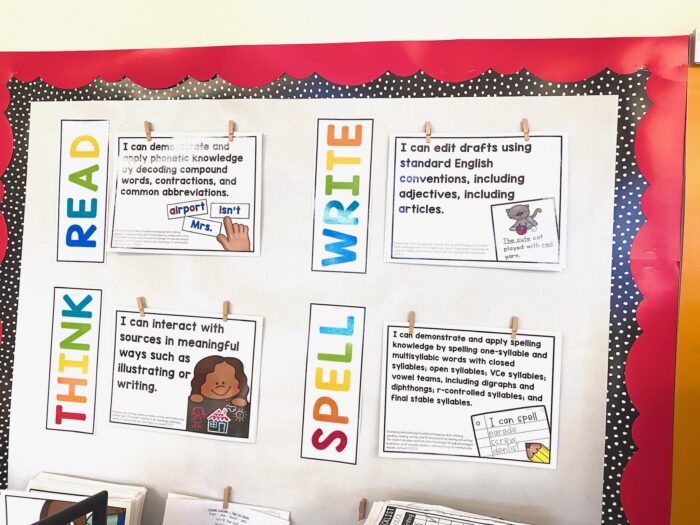
After several weeks of reviewing this board, my students could easily recite our weekly standards and what they were supposed to learn from them!
Tip #3

The majority of my day is me modeling what I want my students to know. Whether I’m modeling the connection between letters and sounds, modeling how to ask questions while reading aloud or modeling how to review vocabulary words in a nonfiction book, the time is never wasted. Modeling what you want your students to know is so important!
Tip #4

I often feel that read aloud time gets neglected. We tend to use it for that ten to fifteen minutes before lunch because the kids are hungry and not paying attention. However, I add my read aloud time to my literacy block. I use this time to introduce a new skill, review a skill or model comprehension.
Tip #5

Setting aside time each day for small groups is SO important. It provides you a chance to differentiate your teaching to help all levels of learners. Many say they avoid small groups because the rest of the class would be disruptive. If you introduce stations to your class, it will all work together beautifully! Stations should be practice activities that students can complete on their own. It’s a great way to have them review past skills while you focus on your small groups!
Tip #6

Phonics is hard to teach, and it’s a huge component of the science of reading. It makes you realize how hard the English language is. However, it is the most important component of an early elementary literacy block. Students can’t memorize the numerous phonics skills they have to learn. Implement hands-on activities that help students manipulate words to learn those phonics skills. Keep authentic, age appropriate books on hand so they can see those words in real books. Point out words you see around the school that fit with the phonics rule you’re covering. It’s so easy to just breeze over these phonics rules, but all you’ll have is a classroom full of frustrated learners.
I highly recommend you read further into the science of reading. If you implement the skills it covers, you’ll see huge improvements in your students in a short time!
